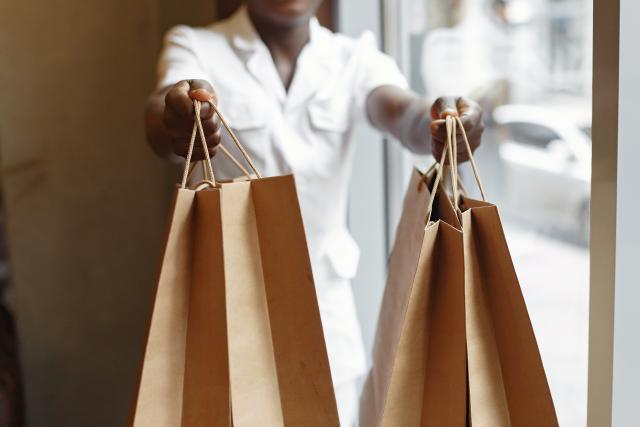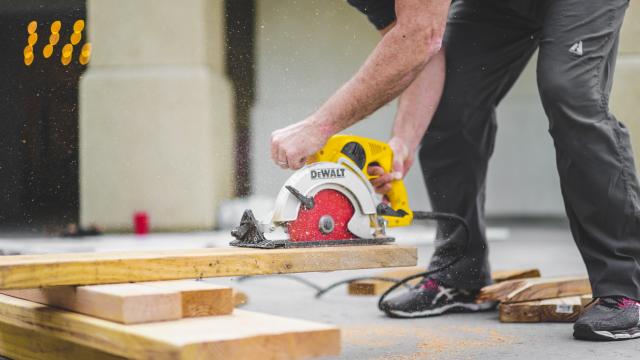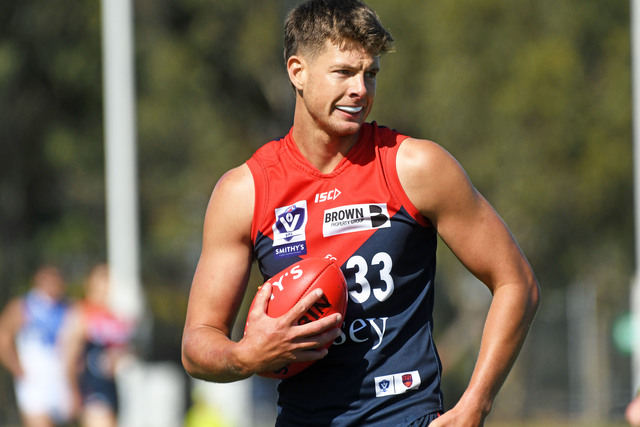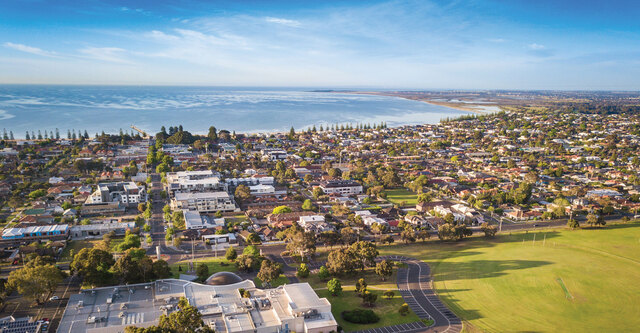What do you consider to be the biggest issues facing the western suburbs, and what will you do to address those issues if elected?
Like every part of Melbourne, I think the west is suffering from a crime wave that is being ignored by the state government. Crime is up more than 20 per cent since Daniel Andrews came to power, and he’s put out a lot of press releases, but has done not much to actually deal with the crime wave.
We want to make Caroline Springs a 24-hour police station, considering the extent of the population growth in the north-west. We also want to bring in bail reform, mandatory sentencing for offences against the person, and more to the point, change the attitude in the justice system so that the justice system works for those people who obey the law, not protect those who break it.
In relation to the western suburbs specifically, I’d say one of the issues the west is feeling more than anywhere in the state is unmanaged population growth. Melbourne’s outer west and north-west is evidence of population growth that is now getting out of control. I believe we need to fix our growth boundary and start moving population growth to regional centres, to decentralise.
We’ll have a minister for decentralisation, a state government department focused on decentralisation, we’ll have immediately a Minister for Geelong, a Geelong planning statement, a Geelong infrastructure audit all done in the first six months to focus sustainable growth on a place like Geelong earlier and to help take some of that pressure off Melbourne’s west. But we cannot keep growing Victoria the next 30 years the same way we have the last 30 years.
The western suburbs have long held a reputation for being Labor’s heartland. Considering the margins, do you believe you could actually win a seat come November? If so, which seats do you have your eye on, and why?
There’s a couple. Telmo Languiller’s seat [Tarneit], where he’s retiring, gives us enormous opportunity … Don Nardella’s seat in Melton, I think, has enormous opportunities for the party. Go a bit further north in Sunbury, there’s a three per cent swing to us in the last election, and we have clear commitments for Sunbury – a specific City of Sunbury, which we stand by as a promise. We will have a City of Sunbury, we will give them their own council, we will have that split from Hume. I think Sunbury wants that, I think they’re entitled to that, they have asked for that, and I will deliver that for them. That’s a clear point of difference: Labor doesn’t want a City of Sunbury, I do. And the people in Sunbury will have that clear choice to be masters of their own destiny, or to stick with a council based in Broadmeadows. It’s up to them.
Will preselected candidates reside in the electorates they are standing in?
They’ll be from Melbourne’s west, absolutely – unless they’re a kilometre or so out [from the electorate].
If you couldn’t be bothered living with the people you represent, then you don’t deserve to represent them.
Wyndham and Melton are among the fastest growing areas in the state, and as a result, are struggling to keep pace with the infrastructure needed to cope with the population growth. The Labor Party has allocated $50 million to growth councils over two years to address this. What would a Coalition government do?
Twenty-five million dollars a year for Melbourne’s growth areas is like going to a milk bar and asking for a five cent lolly. The infrastructure backlog in Melbourne’s growth areas is enormous, and it won’t be able to be addressed in just two years time. I can’t and won’t make commitments to fix them all in two years, because they can’t be addressed in two years, which is why I keep saying we need to start growing those areas differently and growing population outside of those areas to have a breather on population growth in our growth areas.
Our growth areas face enormous challenges, principally on traffic, which is why we have an intersection elimination program primarily focused on some of those growth areas and arterial roads.
Why have you chosen to focus on intersection removals, and how will the list of intersections be selected?
RACV and TAC have got accident and congestion data, and that’s very important in choosing those locations.
A natural progression of removing level crossings is to remove road intersections, because road intersections are just as congested. On top of that, having digital technology to analyse sequencing of traffic lights at the intersections near those eliminated will then help with arterial traffic flow.
If elected, will you continue with Labor’s commitment to remove 50 level crossings by the end of 2022, and if so, will you keep to the list as it is, or will you review and change the remaining level crossings?
I understand the government will sign contracts for them [by the election], so we’re not going to break those contracts, that [project] would be certainly finished off. And I wouldn’t be changing the list if the government has a list and signed contracts.
Throughout the environment effect hearings into the West Gate Tunnel Project, air quality experts, community groups and even the Inquiry and Advisory Committee recommended filtration systems in the tunnel, but this was ignored by the government. Would you do things differently in government?
I think it’s a dog of a project, it’s a terrible project. It is not the best outcome, the best outcome is a tunnel link, or a freeway link that starts at the Ring Road and goes to the Tullamarine Freeway that takes pressure off the West Gate Freeway, not just the West Gate Bridge.
This road is going to add tolls on the West Gate Freeway, and then through the tunnel an $8 charge for people driving to the city in peak hour. Why would anyone pay after sitting in a car for 90 minutes on the West Gate Freeway?







